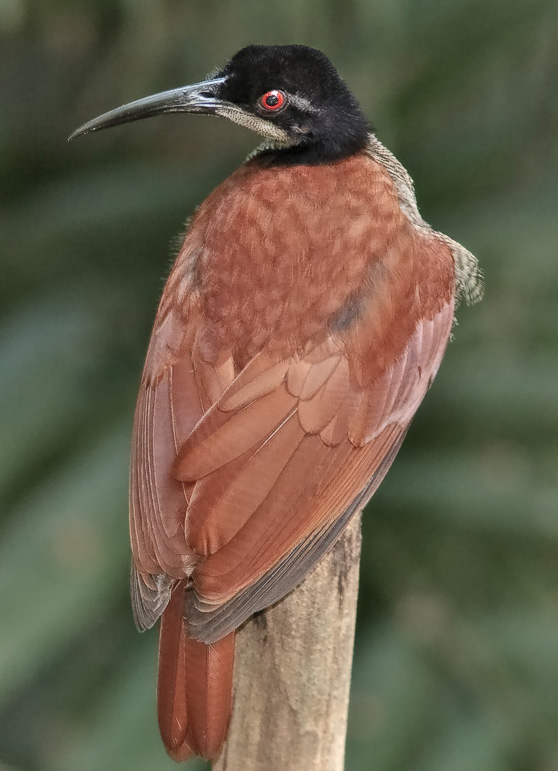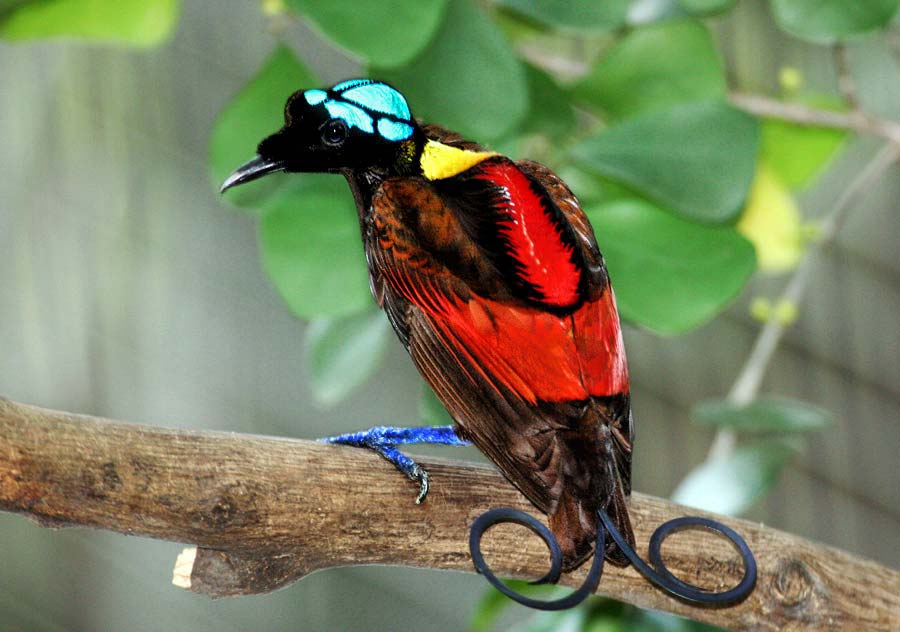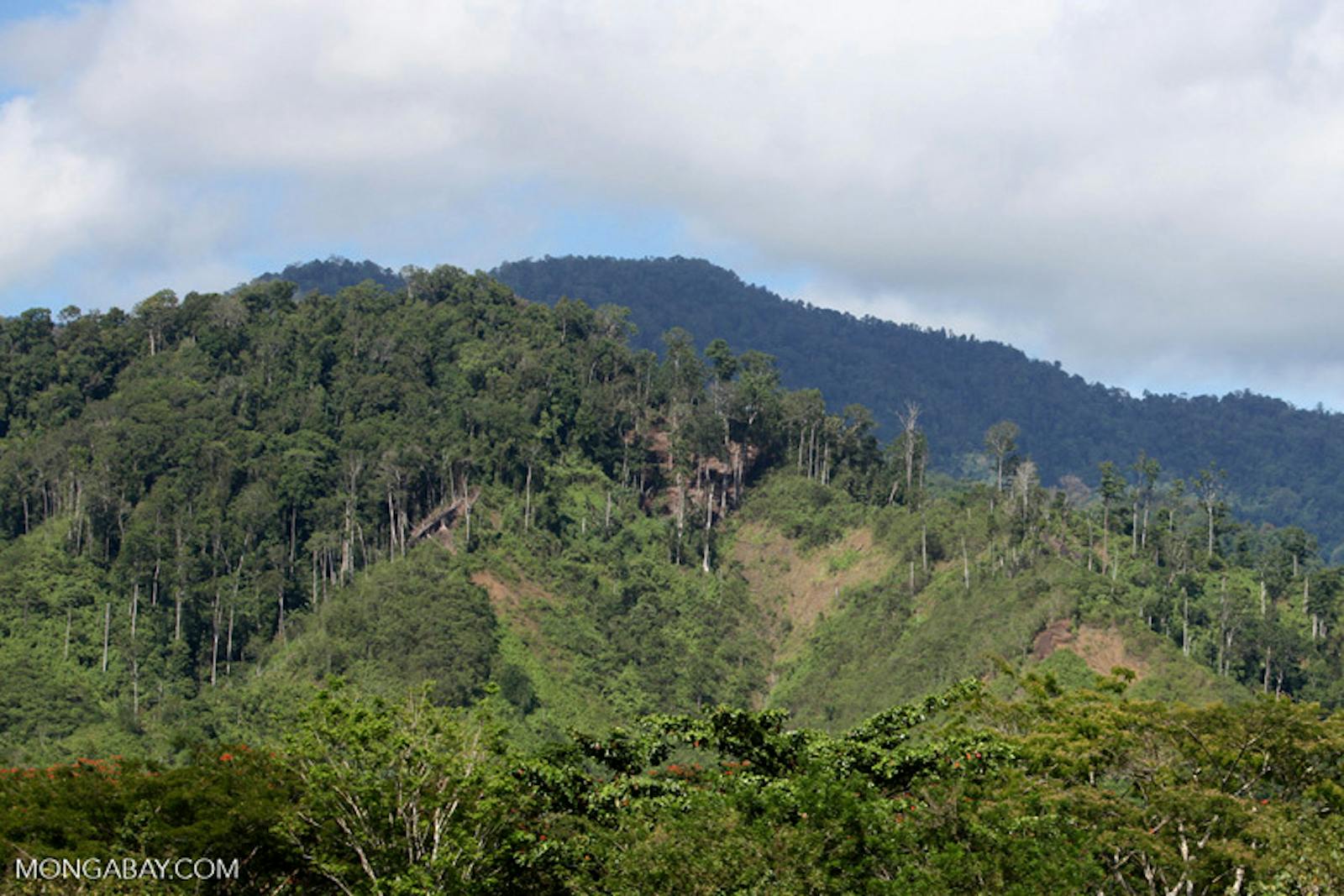Vogelkop-Aru Lowland Rainforests
The ecoregion’s land area is provided in units of 1,000 hectares. The conservation target is the Global Safety Net (GSN1) area for the given ecoregion. The protection level indicates the percentage of the GSN goal that is currently protected on a scale of 0-10. N/A means data is not available at this time.
Bioregion: New Guinea & Surrounding Islands (AU13)
Realm: Australasia
Ecoregion Size (1000 ha):
2,200
Ecoregion ID:
161
Conservation Target:
90%
Protection Level:
6
States: Indonesia
The Vogelkop-Aru Lowland Rain Forests ecoregion in the Bird’s Head Peninsula of Papua New Guinea represents the largest and most intact lowland tropical rainforests in the Australasian Realm. The forests are home to tree kangaroos and 7 Bird of Paradise species from lowland forests, notably the twelve-wired bird of Paradise, magnificent bird of paradise, lesser bird of paradise, king bird of paradise, and greater bird of paradise from Aru Island.

The flagship species of the Vogelkop-Aru Lowland Rainforests ecoregion is the twelve-wired bird of paradise. Image credits: Twelve-wired Bird of Paradise. Image credit: Wikipedia, Doug Janson (CC by 3.0)
This ecoregion covers the lowland and sub-montane forests, less than 1,000 meters in elevation, along the middle of the Bird’s Head (Vogelkop) peninsula, and in Bomberai peninsula, south of the main Bird’s Head peninsula. The ecoregion also encompasses the surrounding small islands, including the group of Aru Islands. The geology of this ecoregion is predominantly sedimentary rock that has been uplifted during past geological upheavals, with extensive areas of limestone.
The climate is tropical, wet, and humid, which is characteristic of this part of Melanesia. The temperatures average around 27°C, and annual rainfall is over 2,700 millimeters, mostly occurring in late summer.
-CC-Gunawan%20Kartapranata-2011.jpg)
Western crowned pigeon. Image credit: Victoria Crowned Pigeon. Image credit: Wikipedia, Bjørn Christian Tørrissen (CC by 3.0)
This ecoregion is among the most floristically species-rich in all of Papua New Guinea. The vegetation is a combination of alluvial and hill tropical wet evergreen forest, with a scattering of limestone forest. The forests are tall and multi-tiered, with some trees emerging from the upper canopy. The forest understory is a dense tangle of herbs, shrubs, palms, climbers, epiphytes, and ferns. The larger, dominant trees have wide distributions in Asia and Australasia, and include island lychee (Pometia pinnata), several species of fig (Ficus), and Terminalia.
Forty-seven mammals have been recorded from the ecoregion. They include a variety of Australasian marsupials, such as tree kangaroos and echidnas. The Vogelkop ringtail possum, lowland brush mouse, and the critically endangered western long-beaked echidna are endemic to Bird’s Head Peninsula. The Vogelkop tree kangaroo is distributed throughout the ecoregion, especially in the ‘neck’ region of the peninsula and the mountains. The mouse bandicoot has a limited known distribution and is only known from the eastern part of the ecoregion.

Wilson's bird of paradise. Image credit: Wikipedia, Serhanoksay (CC by 3.0)
Over 360 birds are known from the ecoregion, which more or less corresponds to the boundary of the West Papuan lowlands Endemic Bird Area, identified by BirdLife International because of the high number of restricted-range birds, nine of which are found nowhere else on Earth.
Most of the forests are still intact. Threats from large-scale forest clearing for plantations and logging concessions, however, keep cropping up. A recent proposal to clear-cut and convert 4,800 square kilometers of forest, an area larger than half of Aru Islands forests, for a sugar cane plantation was halted following public outcry. Hunting of larger birds such as the spectacular western crowned pigeon, northern cassowary, and Nicobar pigeon—the only living member of the genus Caloenas and closest living relative of the extinct dodo—is also prevalent.
Priority conservation actions for the next decade
- Improve the protection of the intact forests, especially on the islands.
- Develop and implement management plans while recognizing community land tenure and rights.
- Engage local communities as conservation stewards, especially to prevent commercial logging interests.
-
-
- Government of the Republic of Indonesia. The fifth national report of Indonesia to the Convention on Biological Diversity. Ministry of Environment and Forestry of Indonesia. 2014.
- Marshall, A. and B. M. Beehler. 2011. The Ecology of Indonesia Series. Vol VI. The Ecology of Papua. Periplus Editions
- Wikramanayake, E, E. Dinerstein, et al. 2002. Terrestrial Ecoregions of the Indo-Pacific: A Conservation Assessment. Island Press
-
Cite this page: Vogelkop-Aru Lowland Rainforests. Ecoregion Snapshots: Descriptive Abstracts of the Terrestrial Ecoregions of the World, 2021. Developed by One Earth and RESOLVE. https://www.oneearth.org/ecoregions/vogelkop-aru-lowland-rainforests/
-



